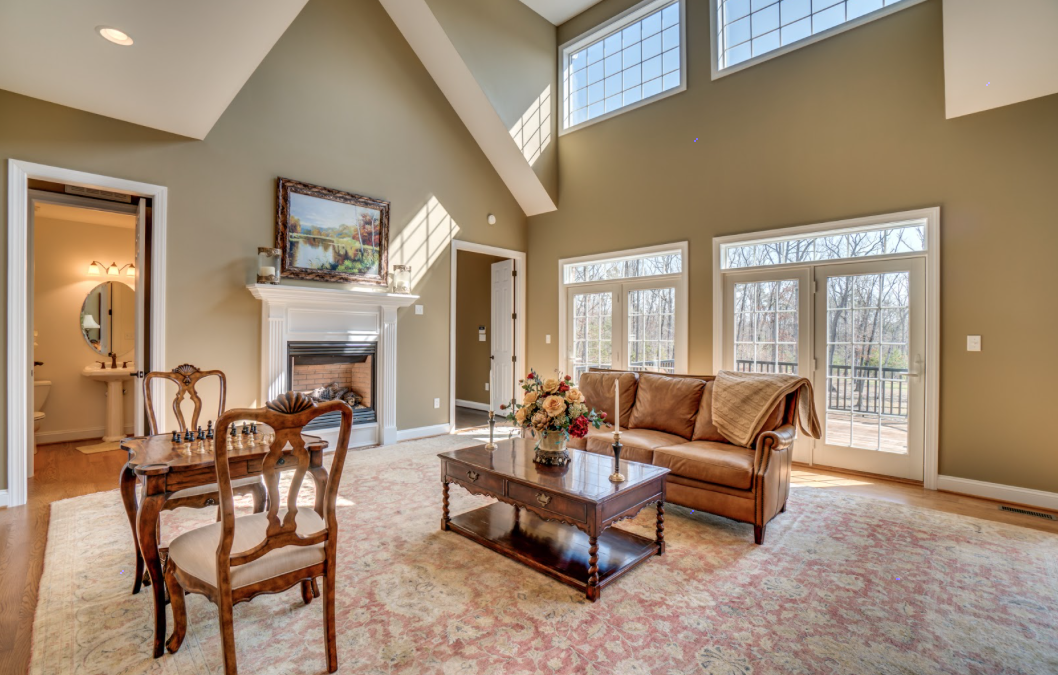
Is the open-concept home done? Not necessarily, but we are seeing an evolution in style.

If you have sat down with a builder to go over your options for the blueprints of your new home in the past fifteen years you have more than likely been shown an open floor plan.
The open floor plan that we know today traces its roots back to the mid-century modern architectural movement away from the “fake” and back to the “natural” and sustainable after heavily relying and often carelessly on fossil fuels up through the 1950’s. As a result homes embraced the open floor plan to let the natural light to stretch across the space rather than rely on electricity to illuminate each room during the day.
Over time the wide open spaces became as dated as the shag rugs within them and in a quest for the new and the different, the walls went back up.
And then they came down again.
Anyone who has entertained in their home can understand and likely embrace the open floor plan- we have all been in the shoes of the host who meticulously arranged and tidied a space in the living and dining rooms to have them sit empty all night while all of your guests migrate around the kitchen island. And do we really mind? Rather than being left stuck tending to the food on the stove while friends enjoy their evening without you on the other side of the kitchen wall we took down the kitchen wall out.
As home cooking moved from a burden (hello TV dinners and the rise of budget dining out via chain restaurants) to a lifestyle, the kitchen transformed into the focal point of the home (“Just wait until you see the kitchen,” said every Realtor ever).
But again trends change with the times and the home as we know it is certainly not immune. People are asking for their walls back. “While [the open plan] was successful in allowing multiple generations to congregate, it also led to consolidated visual chaos,” noted New York Designer, Phillip Thomas to the Wall Street Journal. Home buyers cited noise and odor complaints, a lack of privacy, a desire to keep the mess in the kitchen hidden away in the kitchen, and complications in functional designing, to name a few, as motivators for their newfound yearning for homes with walls.

Above: Aventador Farm. Keep your kitchen open but separated from your living space with a wide doorway.
Architects are quickly reacting to the market’s desire to solve their open-plan woes without losing the modern aesthetic. The solution? Wide doorways and a reconfiguration of the living room. The “social kitchen” is here to stay, current trends show, but we’re seeing a shift from the kitchen island looking straight on to the living room’s mounted flat screen to the open space being shared by a smaller lounging space and dining area. Rather than completely walling off the great room, a sense of separation is commonly achieved in a separating wall with a wide entry.
Does this shift in trend make a fully open choice, or even a completely compartmentalized colonial style home, wrong? Absolutely not. That decision is up to you and your builder.


